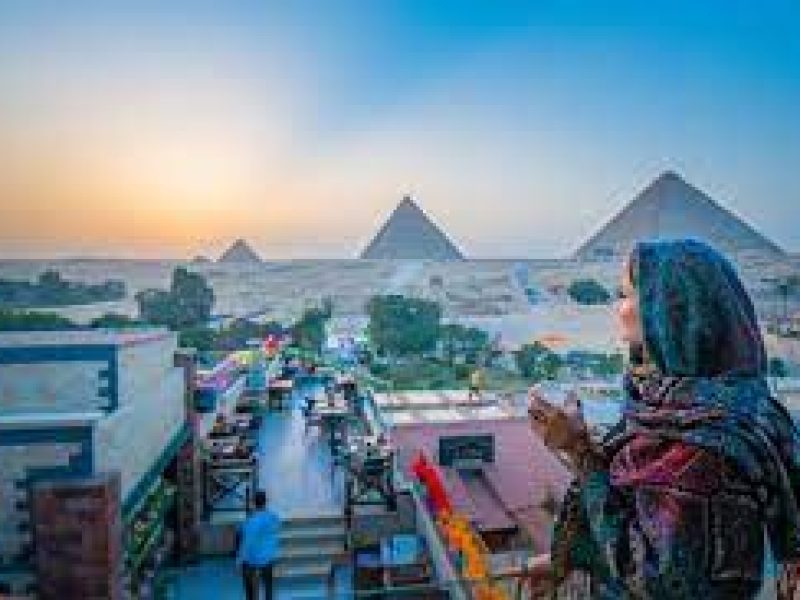All about Saqqara
The history of Saqqara , also spelled Sakkara or Saccara in English, is an Egyptian village in the markaz (county) of Badrashin in the Giza Governorate . It contains ancient burial grounds of Egyptian royalty, serving as the necropolis for the ancient egyptian capital Memphis , Saqqara contains numerous pyramids, including the pyramid of Djoser, sometimes referred to as the Step Tomb, and a number of mastaba tombs. Located some 30 km (19 mi) south of modern-day cairo , it covers an area of around 7 by 1.5 km (4.3 by 0.9 mi). 
History
The history of saqqara belongs to the third dynsaty of Ancient Egyptians for more than 4300 years , The tombs date back to the Fifth and Sixth dynasties of the Old Kingdom (2686-2181 B.C.)
Saqqara contains the oldest complete stone building complex known in history, the Pyramid of Djoser, built during the Third Dynasty. Another sixteen Egyptian kings built pyramids at Saqqara, which are now in various states of preservation. High officials added private funeral monuments to this necropolis during the entire pharaonic period. It remained an important complex for non-royal burials and cult ceremonies for more than 3000 years, well into Ptolemaic and Roman times.
North of the Saqqara site lies the Abusir pyramid complex, and to its south lies the Dahshur pyramid complex, and together with the Giza Pyramid complex to the far north comprise the Pyramid Fields of Memphis, or the Memphite Necropolis, which UNESCO designated it as a world heritage site in 1979.
Some scholars believe that the name Saqqara is not derived from the ancient Egyptian funerary deity, Sokar, but from a local Berber tribe called the Beni Saqqar, despite the fact that a tribe of this name is not documented anywhere. Medieval authors also refer to the village as Ard as-Sadr (Arabic: ارض السدر, lit ‘land of the buckthorn’).
Monuments
Saqqara is widely known for its monuments from Ancient Egypt.
- Mastabt Al faroun, tomb of king Shepeskaf (Dynasty Four)
- Pyramid of userkaf of the Fifth Dynasty
- Pyramid of king Menkahour
- Pyramid of Djedkare Isesi
- Mastaba of Ti
- Mastaba of the Two Brothers (Khnumhotep and Niankhkhunum)
- Pyramid of Unas
- Mastaba of Ptahhotep
- Pyramid of Teti(Dynasty Six)
- Mastaba of Mereruka
- Mastaba of kagemni
- Mastaba of Akhethetep
- Pyramid of Pepi I
- Pyramid of Merenre
- Pyramid complex of king Pepi II Neferkare
- Tomb of Pemeb (now in the Metropolitan Musuem in of New York)




Comment (0)